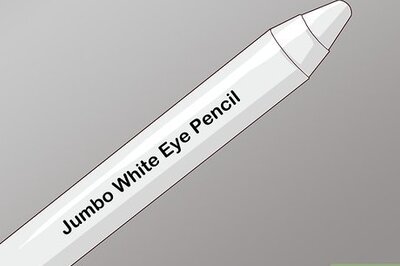
views
New Delhi: The Supreme Court on Monday rejected a petition to allow the mercy killing of former Mumbai nurse Aruna Shanbaug.
Justices Markandey Katju and Gyan Sudha Mishra dismissed the petition filed on behalf of Shanbaug and observed that passive euthanasia is permissible under supervision of law in exceptional circumstances but active euthanasia is not permitted under the law.
What are active and passive euthanasia and what are the accepted norms worldwide for the two? Here's what the apex court said on the sensitive subject.
Active and passive Euthanasia
Euthanasia is of two types: active and passive. Active euthanasia entails the use of lethal substances or forces to kill a person such as with lethal injection given to a person with terminal cancer who is in terrible agony. Passive euthanasia entails withholding of medical treatment for continuance of life, such as withholding of antibiotics where without giving it a patient is likely to die, or removing the heart lung machine, from a patient in coma.
The general legal position all over the world seems to be that while active euthanasia is illegal unless there is legislation permitting it, passive euthanasia is legal even without legislation provided certain conditions and safeguards are maintained.
Voluntary and non voluntary euthanasia
A further categorization of euthanasia is between voluntary euthanasia and non voluntary euthanasia. Voluntary euthanasia is where the consent is taken from the patient, whereas non voluntary euthanasia is where the consent is unavailable eg when the patient is in coma, or is otherwise unable to give consent.
While there is no legal difficulty in the case of the former, the latter poses several problems.
Active euthanasia is a crime all over the world except where permitted by legislation. In India active euthanasia is illegal and a crime under section 302 or at least section 304 IPC. Physician assisted suicide is a crime under section 306 IPC (abetment to suicide).
Active euthanasia is taking specific steps to cause the patient's death, such as injecting the patient with some lethal substance, e.g. sodium pentothal which causes a person deep sleep in a few seconds, and the person instantaneously and painlessly dies in this deep sleep.
Euthanasia and physician assisted dying
A distinction is sometimes drawn between euthanasia and physician assisted dying, the difference being in who administers the lethal medication. In euthanasia, a physician or third party administers it, while in physician assisted suicide it is the patient himself who does it, though on the advice of the doctor. In many countries/States the latter is legal while the former is not.
The difference between "active" and "passive" euthanasia is that in active euthanasia, something is done to end the patient's life' while in passive euthanasia, something is not done that would have preserved the patient's life.
An important idea behind this distinction is that in "passive euthanasia" the doctors are not actively killing anyone; they are simply not saving him.
While we usually applaud someone who saves another person's life, we do not normally condemn someone for failing to do so. Thus, proponents of euthanasia say that while we can debate whether active euthanasia should be legal, there can be no debate about passive euthanasia: You cannot prosecute someone for failing to save a life.




















Comments
0 comment